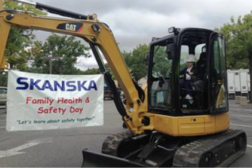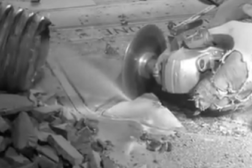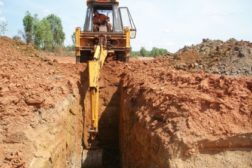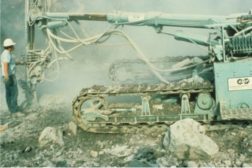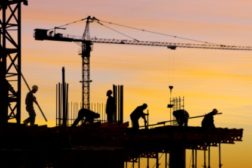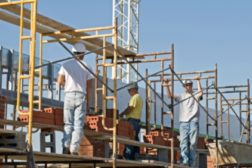Construction Industry Safety and Health
Construction company includes workers’ families in safety
Even cartoon character plays a role
October 3, 2013
Construction industry fears silica proposal cost
Several provisions in rule "unnecessary" for worker protection
September 23, 2013
OSHA inspectors spot an unstable trench while en route to another worksite
RI company faces $56,000 in fines
September 18, 2013
OSHA’s proposed silica rule published in Federal Register
Deadline for submitting comments is Dec. 11
September 12, 2013
What does an argument on a construction job site cost?
Study: About $11,00 per dispute
September 10, 2013
Safety pros urged to get involved with construction contracts
They can engineer out safety problems before project starts
September 3, 2013
Women in construction the focus of OSHA alliance
Women comprise 9 percent of the industry workforce
August 29, 2013
Never miss the latest news and trends driving the safety industry
eNewsletter | Website | eMagazine
JOIN TODAYCopyright ©2024. All Rights Reserved BNP Media.
Design, CMS, Hosting & Web Development :: ePublishing

